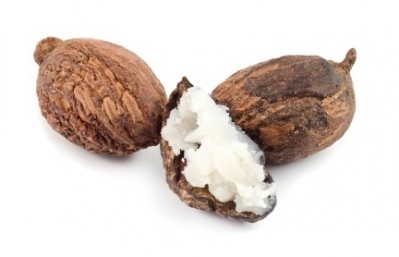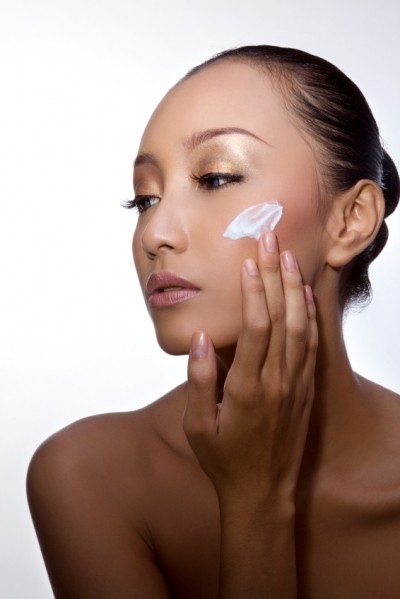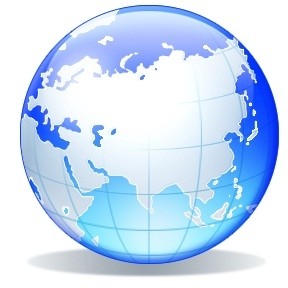Demand for natural products is boosting active ingredient market in AP region

In light of this, the report reveals that the personal care active ingredients market in the region has been cashing in, especially with “synthetics coming under scrutiny due to a lack of sustainability,” alongside the consumer’s growing consciousness and affinity for natural becoming more prevalent.
“As Asia-Pacific is expected to be economically strong for the next few years, the demand for cosmetics, and thereby, active ingredients, is likely to be high,” says senior research analyst, Dr.Nandhini Rajagopal.
Technological innovations are also said to be playing their part in this growth, ultimately giving market participants a competitive edge by enhancing ingredient functionality and following the success of the new ingredients, to which manufacturers are in turn replacing traditional materials with innovative ingredients.
An example of this, the report outlines is; “light emollients replacing some silicon products in final formulations.”
Challenges for suppliers
Apart from the aforementioned shifting patterns, the market expert says that the biggest challenge faced by active ingredient suppliers in the region is the smuggling and counterfeiting of ingredients, as well as being faced with competition from low-priced Chinese products.
"As these illegal products evade import duty and sales tax, their suppliers can afford to price them competitively and still gain huge margins, placing enormous pressure on legitimate suppliers," Rajagopal explains.
Advice
In regards to the aforementioned challenge, Frost & Sullivan advises countries on the region that they need to design strict regulations and enforce adherence to eliminate the threat from counterfeit and smuggled personal care products.
Furthermore, it says that suppliers could also establish local manufacturing facilities to mitigate the effects of this challenge.
"Strategic relationships between manufacturers will also help synergise their strengths and overcome individual weaknesses," says Rajagopal. "While vertical integration of industries can result in higher margins, horizontal integrations are expected to expand the product line," he concluded.



















